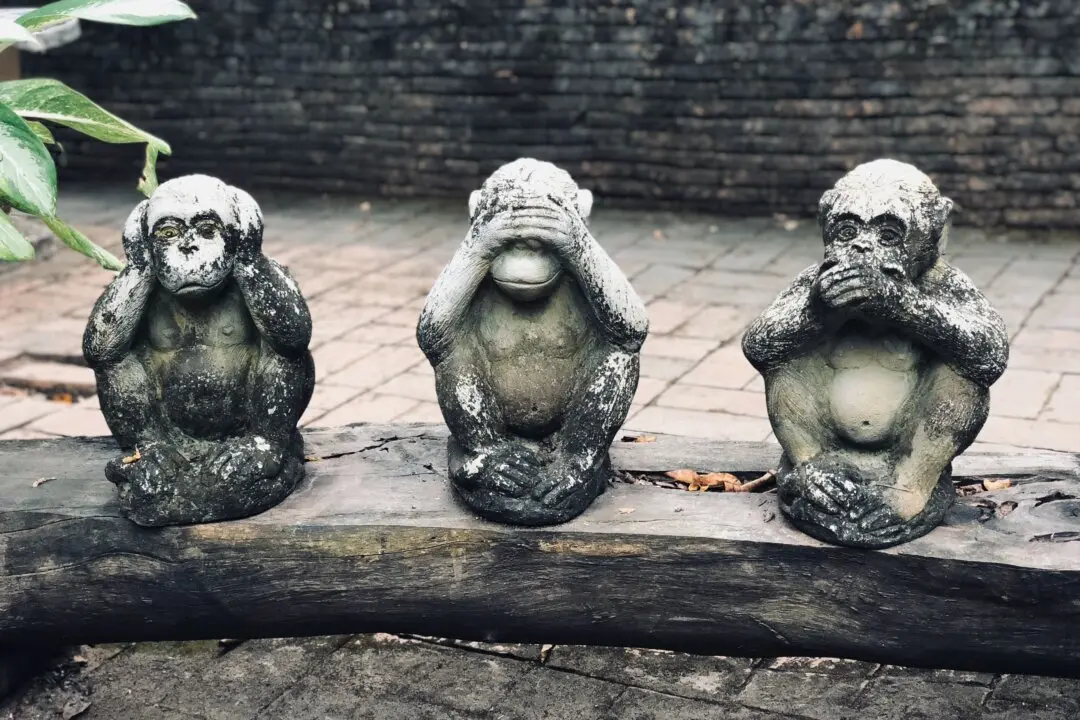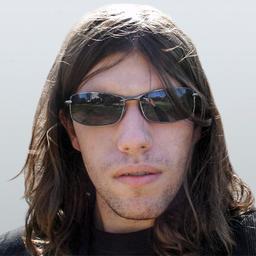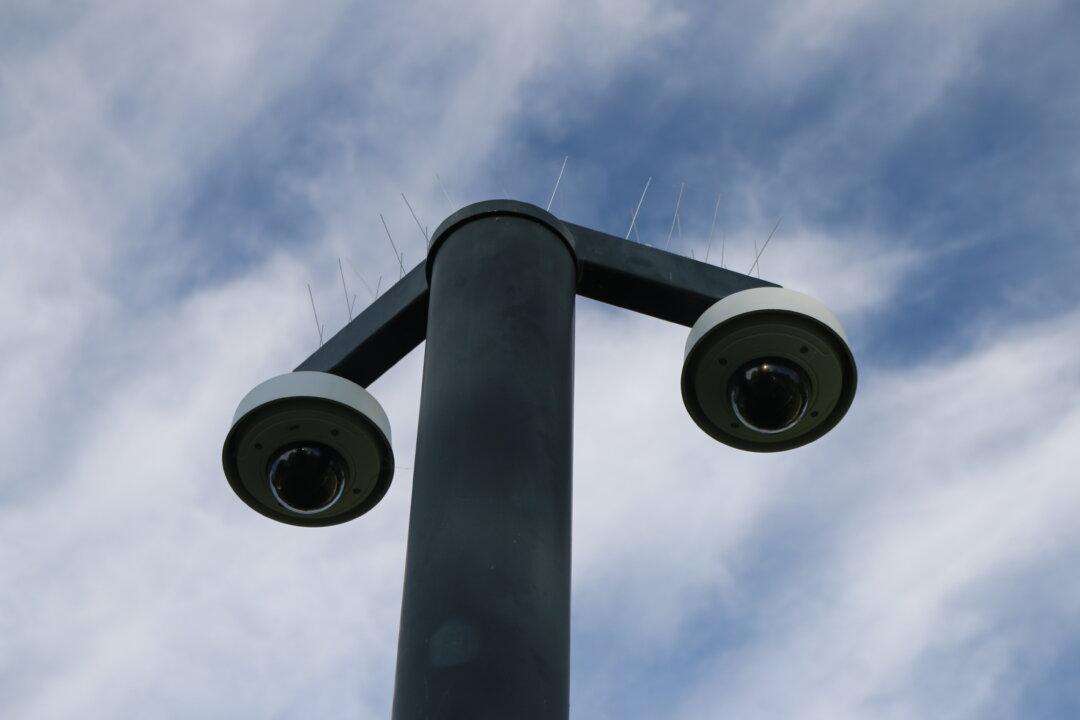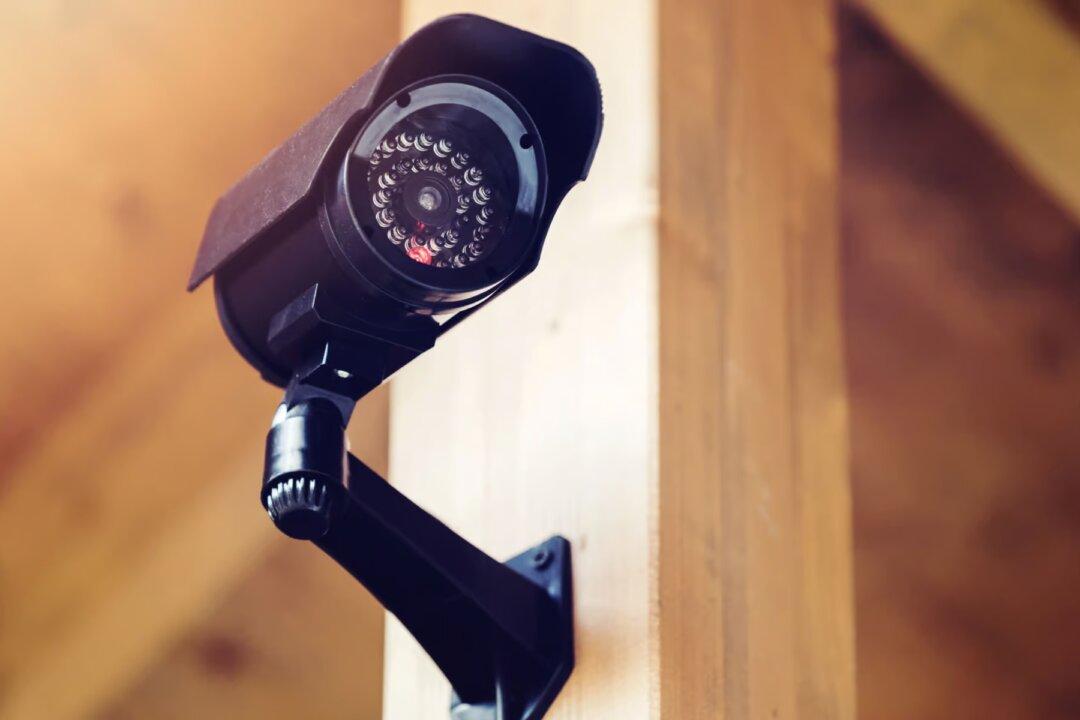Commentary
In the weeks leading up to Christmas, Marian Keech, a Midwestern housewife, prepared for the end of the world. For some time Marian had been dabbling in the practice of automatic writing, communicating with otherworldly beings. They told her of life on other planets. They warned her of coming times of battle, plague, and devastation. They promised enlightenment and happiness. All Marian needed to do was believe.





